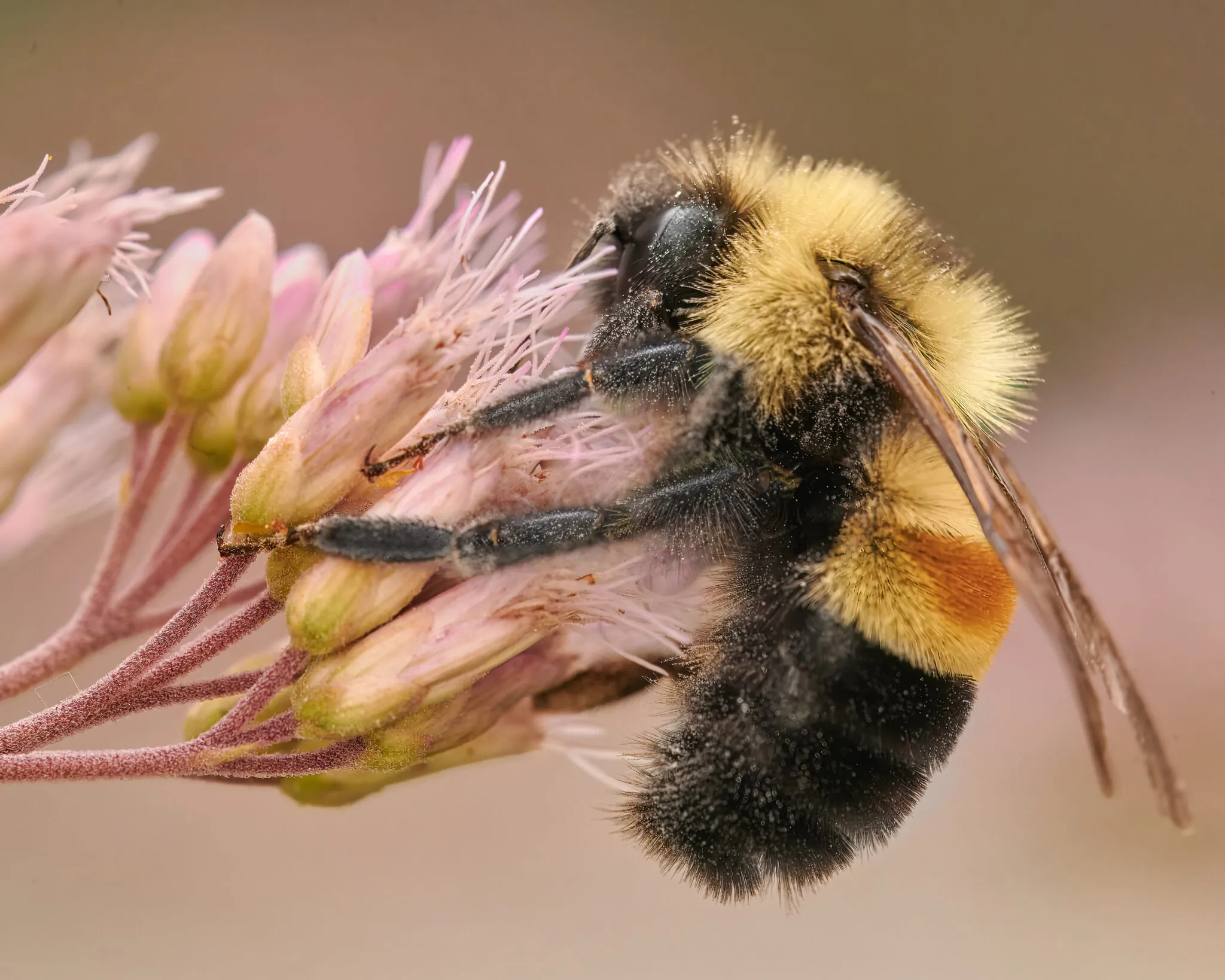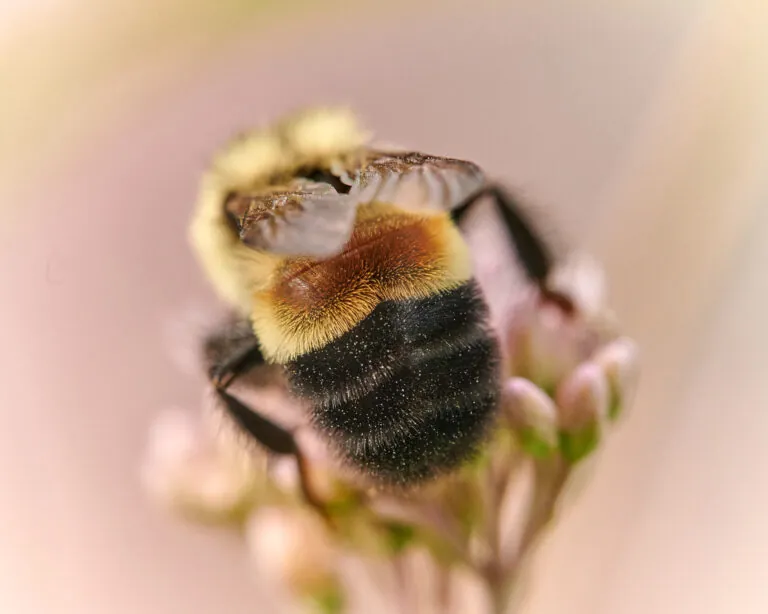The Zoo is closed Sat., Dec. 13 due to inclement weather.
-
Menu
- Plan Your Visit
- Meet The Animals
- Check Out Events
- Memberships
- About The Zoo
- Support the Zoo
- Conservation
- Education
- Groups & Private Events
- Zoo News
- Contact
- Zoo Store
- Indianapolis Prize
- Global Center for Species Survival
- Schedule
- Donate
- Membership
- Tickets

- Plan Your Visit
- Meet The Animals
- Check Out Events
- Memberships
- About The Zoo
- Support the Zoo
- Conservation
- Education
- Groups & Private Events
- Zoo News
- Contact
- Zoo Store
- Indianapolis Prize
- Global Center for Species Survival

Round Up For Conservation
Round Up Your Checkout to Restore Wildlife Habitats
When you visit the gift shop at the Indianapolis Zoo, simply ask to “round up” your total to the nearest dollar, and your spare change will go directly toward preserving wildlife and restoring habitats.
Our current campaign focus is the Daubenspeck Community Nature Park, helping to re-create spaces where native bees like the rusty patched bumble bee can thrive again. This nature park is nearly 22 acres of rare, green space on Indianapolis’ northwest side. It’s free and open to the public year round, dawn to dusk.
These micro-donations can really add up and make a positive impact on our world’s most vulnerable species. Thanks for being part of it!

The rusty patched bumble bee (Bombus affinis) is one of 21 bumble bee species found in the U.S. Once common throughout the Midwest and Eastern states, it’s now critically endangered. Workers and males sport a distinctive rusty-colored patch on the second segment of their abdomen—a key identifier for this native species.
Like other bumble bees, they’re large, fuzzy, and crucial to pollinating crops and wildflowers. But their numbers are dropping fast.
